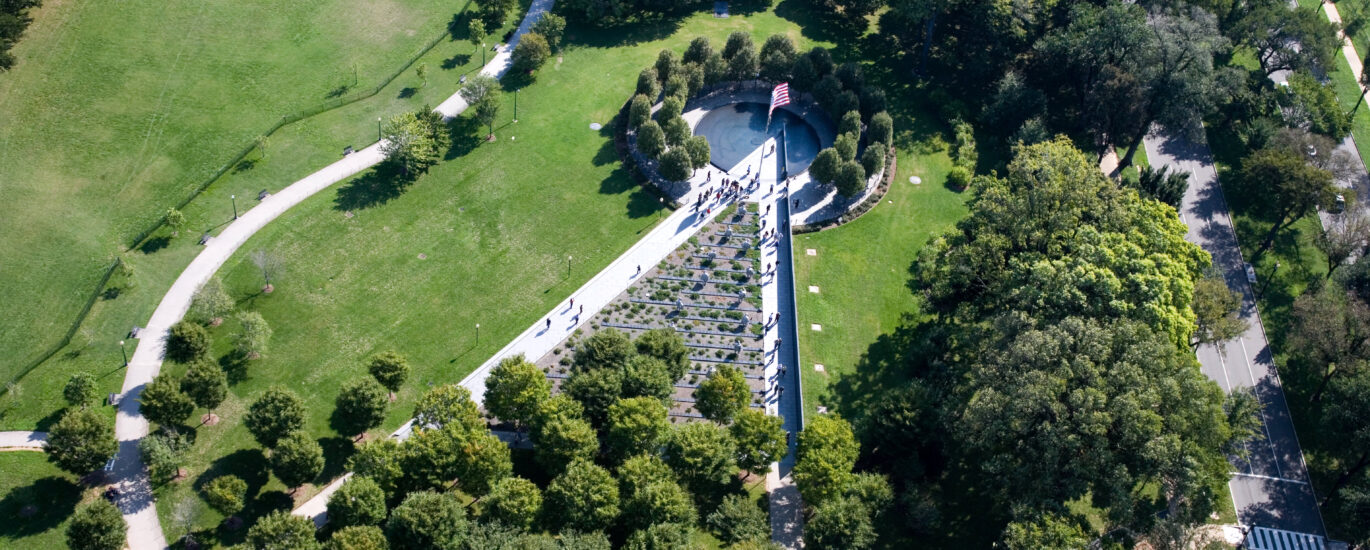Welcome to the Vietnam & Korean Wars Memorial in Michigan, a place of solemn reflection and deep reverence for those who served and sacrificed in two of the 20th century’s most significant conflicts. This memorial stands not only as a tribute to the bravery and sacrifice of the soldiers from Monroe County but also as a reminder of the broader historical contexts of the Vietnam and Korean Wars.
Beginning with the Vietnam War, this conflict, which stretched from 1954 to 1975, was a complex struggle rooted in the Cold War tensions between the communist North and the democratic South Vietnam. The United States became heavily involved, driven by the domino theory that communism needed to be contained. This memorial, located in Heck Park, includes a Cobra Gunship and granite monuments. The Cobra was added in 1994 and is a reminder of the air support missions crucial to the war effort.
The memorial was first dedicated in 1987 with a pink granite ‘Living Memorial’ and a black granite ‘Killed in Action/Missing in Action’ memorial. Inscribed on these stones are the names of 55 local men who lost their lives and one who remains missing. A Weeping Cherry Tree was also dedicated to POWs and MIAs, symbolizing the ongoing hope for their return and the peace that remains elusive.
Just a few blocks away, the Korean War Memorial, established in 1990 in Veterans Park, honors the 27 Monroe County residents who served and died in the Korean War. This conflict, occurring from 1950 to 1953, was one of the first major proxy wars of the Cold War era, with North Korea backed by China and the Soviet Union, and South Korea supported by the United Nations, led predominantly by the United States.
Both memorials serve as poignant reminders of the cost of war and the price of peace. They offer visitors a chance to reflect on the courage and commitment of those who answered their country’s call to service—defending freedom in lands far from home. These sites also provide historical context, connecting local sacrifices to global events that shaped the 20th century.
As you walk through these memorials, consider not just the names etched in stone but the stories behind each, the families affected, and the enduring impact of their service. Let these spaces inspire a deeper understanding of the past and a continued commitment to honoring those who’ve served.


